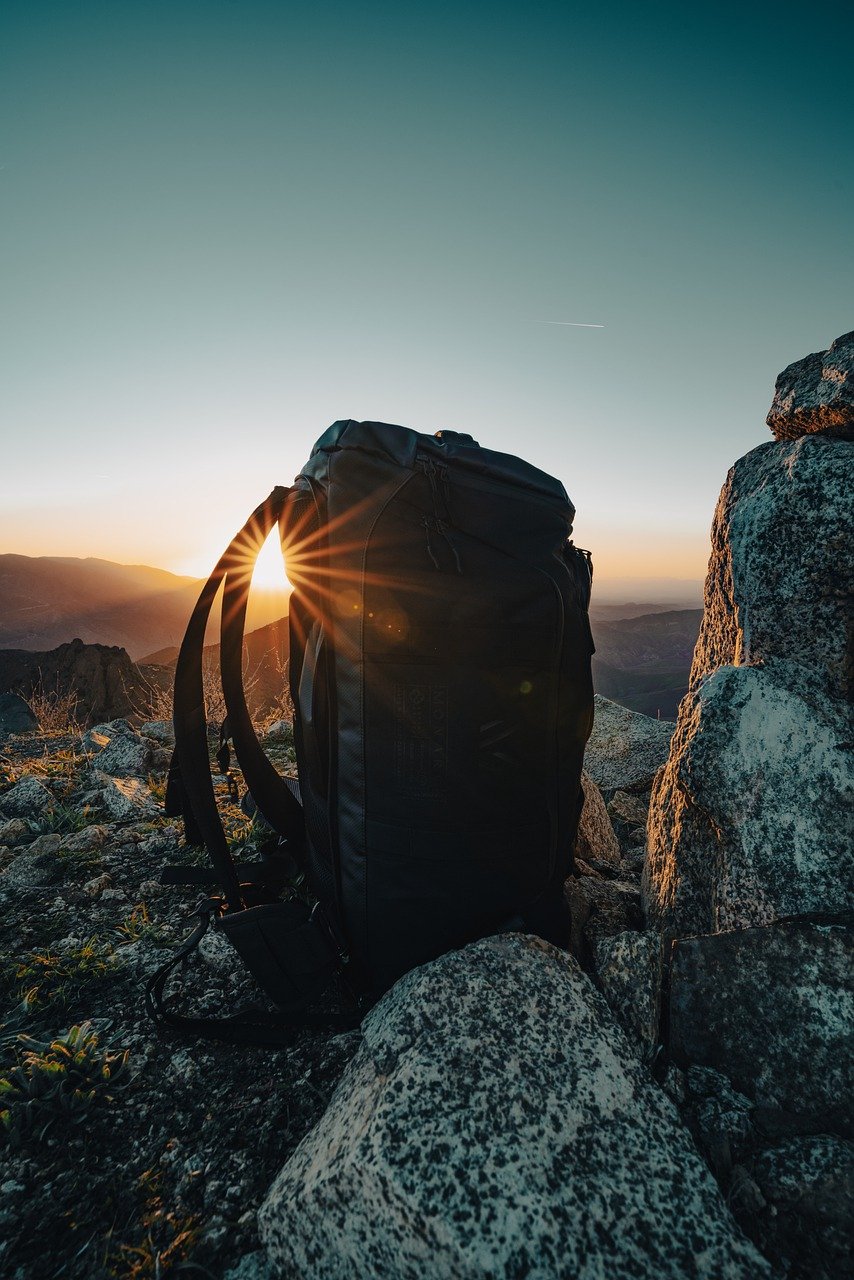Selecting the right hiking backpack is crucial for a comfortable and enjoyable outdoor adventure. Whether you’re planning a short day hike or a multi-day trek, the right backpack ensures your gear is well-organized, evenly distributed, and easy to carry. Here’s a comprehensive guide to help you choose the best backpack for your needs.
1. Determine Your Backpacking Needs
Types of Hikes
- Day Hikes: A smaller pack (20–30 liters) is ideal for carrying essentials like water, snacks, a first aid kit, and a jacket.
- Overnight Hikes: For trips lasting 1–2 nights, a pack between 40–50 liters works well for carrying additional layers, sleeping gear, and food.
- Multi-Day Treks: For extended hikes or backpacking trips, choose a pack with a 60–80 liter capacity to accommodate a tent, sleeping bag, and more supplies.
Consider Your Activities
- Are you carrying a lot of camera gear or a hydration system? Look for packs with specialized compartments.
- If you’re climbing or mountaineering, opt for a pack with gear loops for tools and ropes.
2. Find the Right Capacity
Backpack Sizes
- 10–20 Liters: Ultralight daypacks for short hikes.
- 20–35 Liters: Standard daypacks with room for water, snacks, and extra layers.
- 35–50 Liters: Weekend or overnight backpacks for carrying lightweight camping gear.
- 50–80 Liters: Multi-day packs for extended trips requiring significant gear.
Pro Tip: Always consider the weight and volume of your gear before selecting a backpack size.
3. Choose the Right Fit
Torso Length
- Backpacks come in different sizes to accommodate varying torso lengths. Measure your torso to ensure a good fit.
- Many packs offer adjustable harness systems to fine-tune the fit.
Hip Belt
- A properly fitting hip belt helps transfer the pack’s weight from your shoulders to your hips, reducing strain.
- Look for padded hip belts with adjustable straps.
Shoulder Straps
- Women-specific backpacks often have narrower shoulder straps to fit comfortably.
- Ensure the straps are padded and don’t chafe during movement.
4. Look for Key Features
Ventilation
- Many backpacks now feature ventilated back panels to improve airflow and reduce sweat buildup.
Hydration Compatibility
- Look for a pack with a sleeve for a hydration bladder or side pockets for water bottles.
Pockets and Compartments
- External and internal compartments help keep your gear organized and accessible.
- Packs with hip belt pockets are great for storing small essentials like snacks or a phone.
Durability
- Materials like nylon or polyester offer water resistance and durability for outdoor use.
- Check for reinforced stitching and sturdy zippers.
5. Prioritize Comfort
Weight Distribution
- Opt for backpacks with load-lifting straps and a sturdy frame to distribute weight evenly.
- Compression straps help keep your load stable and compact.
Padding
- Shoulder straps, hip belts, and back panels should have adequate padding to prevent discomfort.
Adjustability
- Look for adjustable shoulder, chest, and hip straps to customize the fit to your body.
6. Test Before You Buy
In-Store Testing
- Visit an outdoor gear store and try on several backpacks.
- Load the pack with weight to simulate real-world use.
Online Shopping
- Read reviews and check for return policies to ensure you can exchange a backpack if it doesn’t fit properly.
7. Set Your Budget
Hiking backpacks come in a range of prices depending on brand, features, and capacity.
- Budget-Friendly: Packs like the REI Co-op Flash 22 offer great value for beginners.
- Mid-Range: Gregory Jade or Deuter Futura provide a balance of price and performance.
- Premium: High-end models like the Osprey Aura AG or Mystery Ranch Terraframe offer advanced features and superior comfort.
8. Consider Your Environment
Weather Resistance
- If you’re hiking in rainy areas, choose a backpack with a built-in rain cover or waterproof fabric.
Cold Weather
- Winter backpacks often feature insulated compartments to keep liquids from freezing.
9. Maintenance Tips for Longevity
- Clean Regularly: Wipe down your pack with a damp cloth after each hike.
- Store Properly: Avoid keeping your pack in damp or sunny areas to prevent mold and fading.
- Inspect Seams and Zippers: Check for wear and tear before every hike.
Conclusion
Choosing the best hiking backpack depends on your needs, trail plans, and personal preferences. By considering capacity, fit, and features, you’ll find a pack that enhances your hiking experience and keeps you comfortable on the trail. Remember, a great backpack is an investment in your adventures!
Call to Action:
Ready to find your perfect hiking backpack? Share your favorite features or ask for recommendations in the comments below! Don’t forget to subscribe for more outdoor gear tips and trail guides.




Leave a Reply